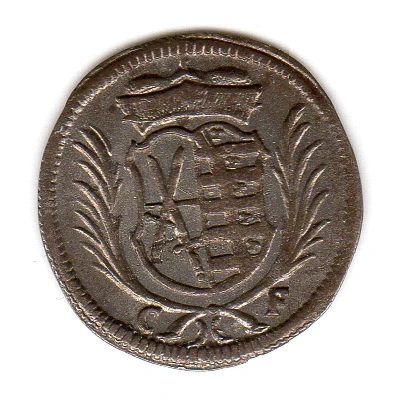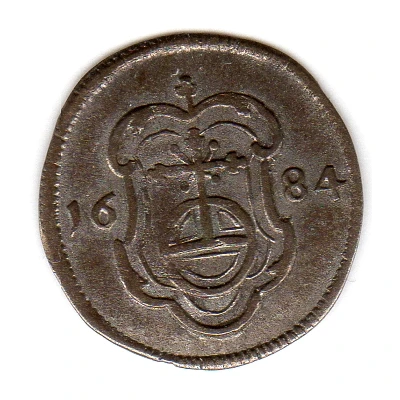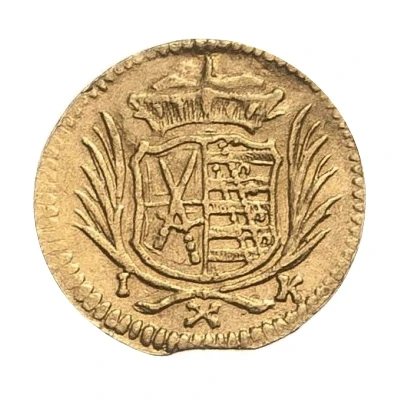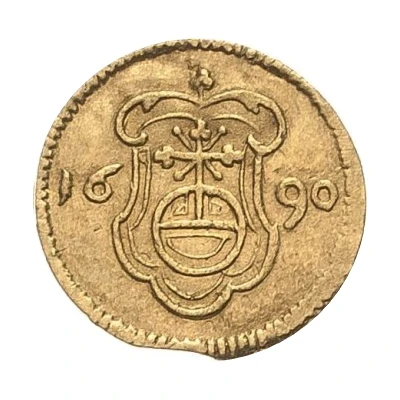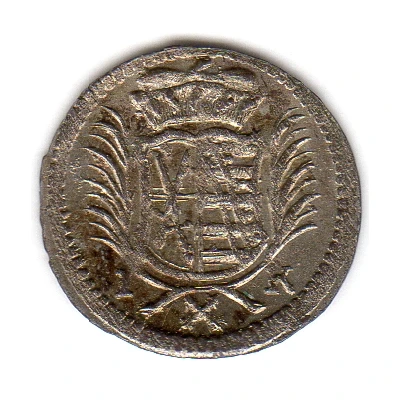
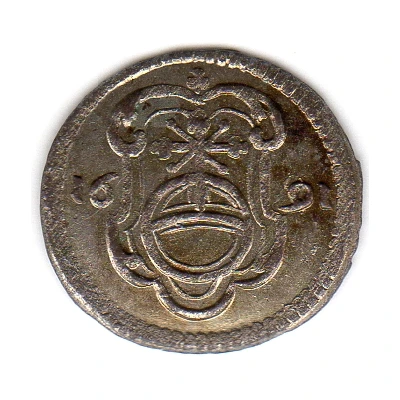

© Tallarian
1 Pfennig - John George III
| Billon | 0.39 g | 14 mm |
| Issuer | Electorate of Saxony (Albertinian Line) (German States) |
|---|---|
| Prince elector | John George III (Hans Georg III) (1681-1691) |
| Type | Standard circulation coin |
| Years | 1689-1691 |
| Value | 1 Pfennig (1⁄288) |
| Currency | Thaler (1493-1805) |
| Composition | Billon |
| Weight | 0.39 g |
| Diameter | 14 mm |
| Shape | Round |
| Technique | Milled |
| Orientation | Medal alignment ↑↑ |
| Demonetized | Yes |
| Updated | 2024-10-05 |
| Numista | N#199686 |
|---|---|
| Rarity index | 94% |
Reverse
Imperial orb in cartouche dividing the date.
Lettering: 16 89
Edge
Plain
Interesting fact
One interesting fact about the 1 Pfennig coin from the Electorate of Saxony (Albertinian Line) is that it was made of Billon, a type of alloy that was commonly used in the production of coins during that time period. Billon is a mixture of silver and copper, and it was used to create a coin that was both durable and had a lower cost of production compared to pure silver coins. The use of Billon in coin production was a common practice in many European countries during the 17th and 18th centuries, and it allowed for the creation of coins that were more affordable and accessible to the general population.
